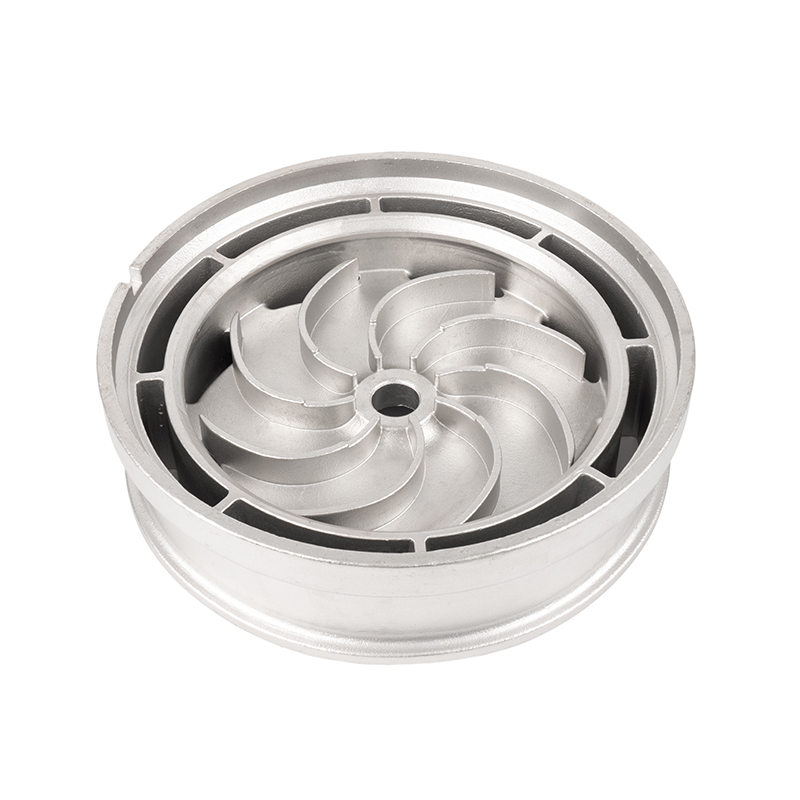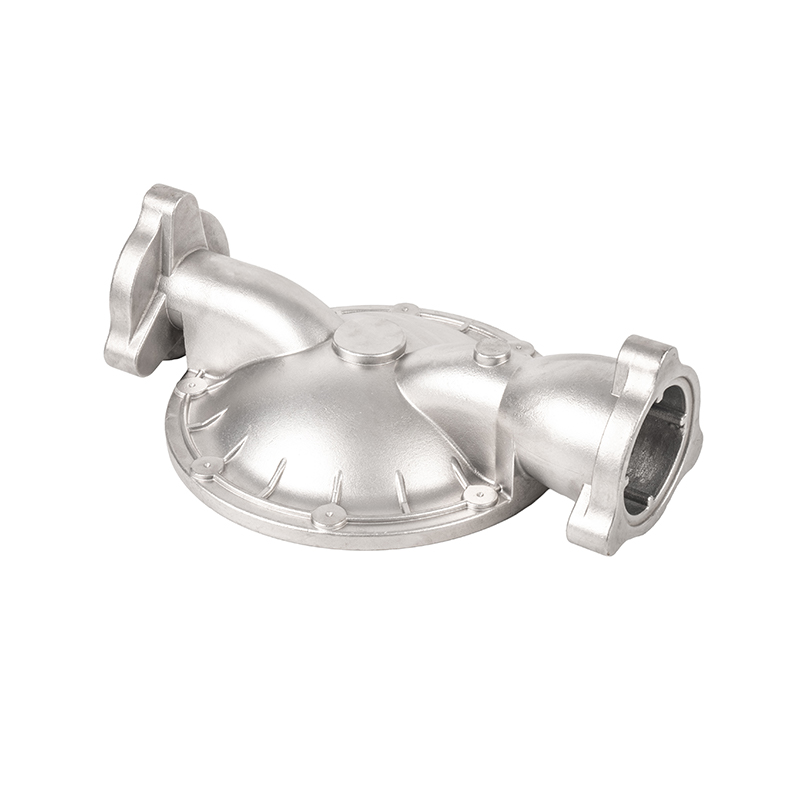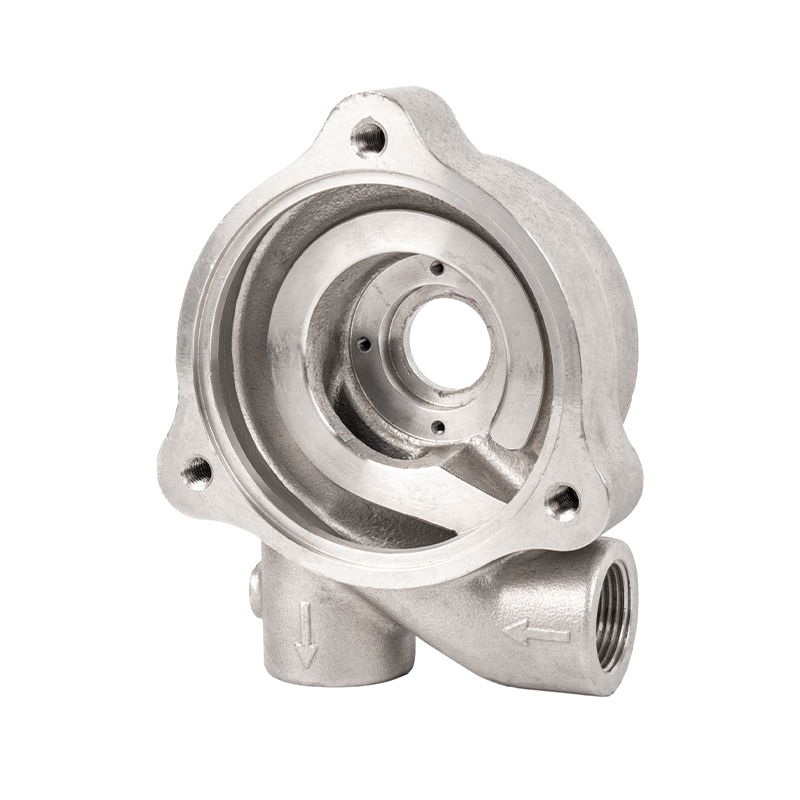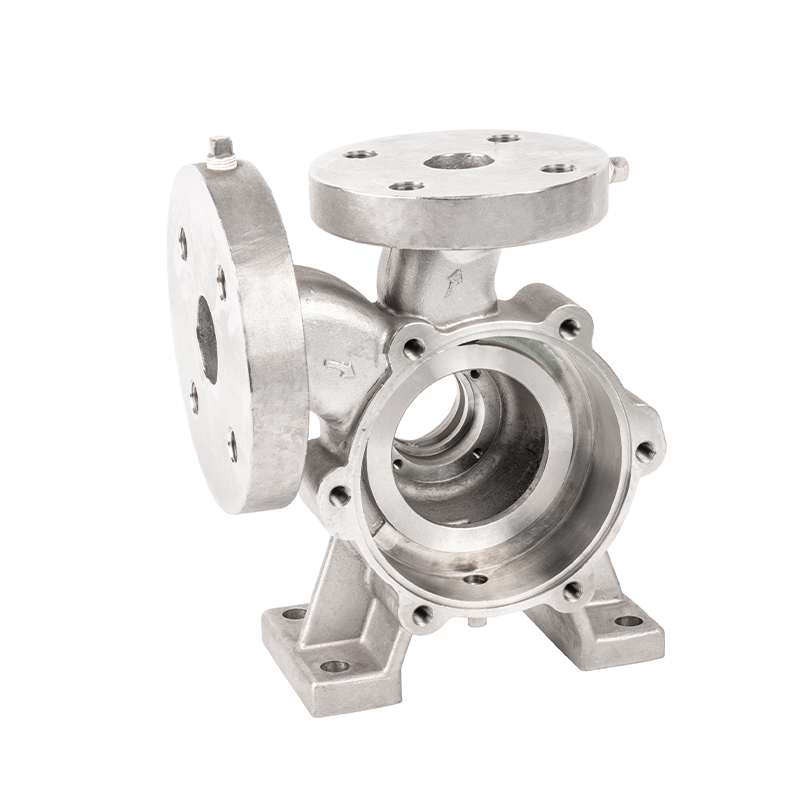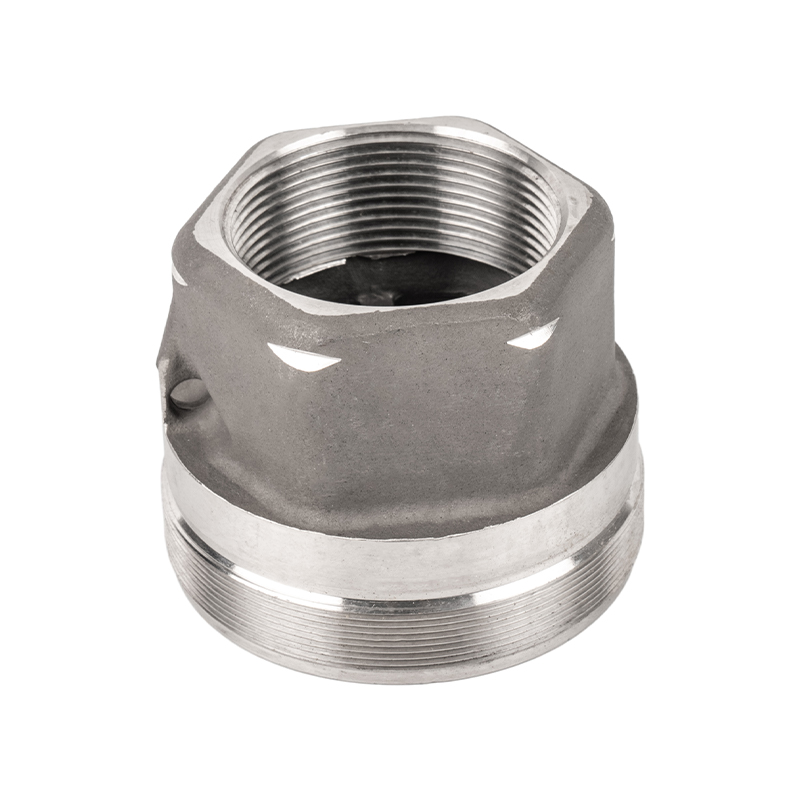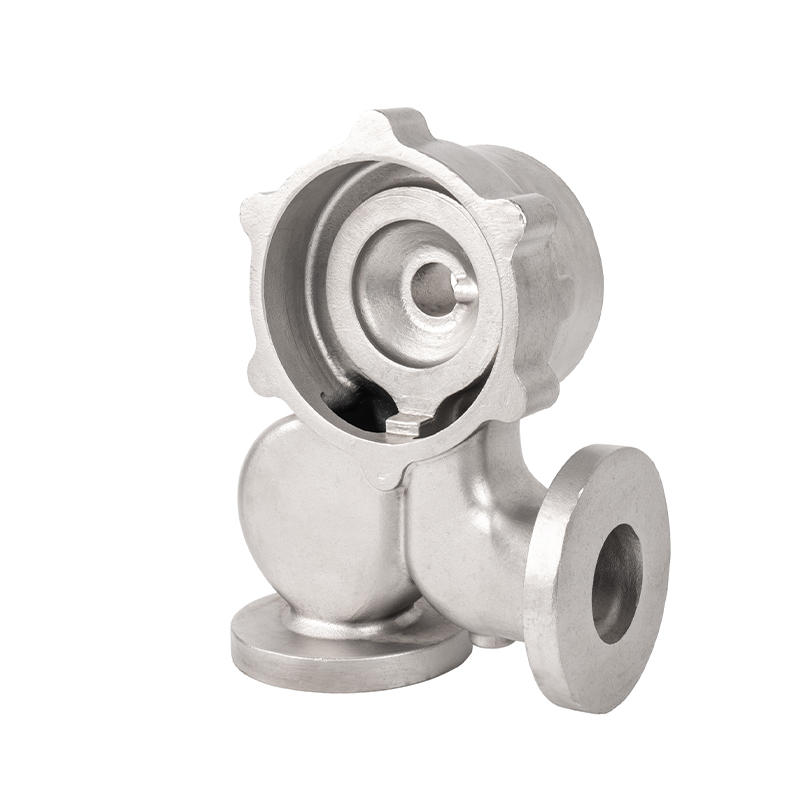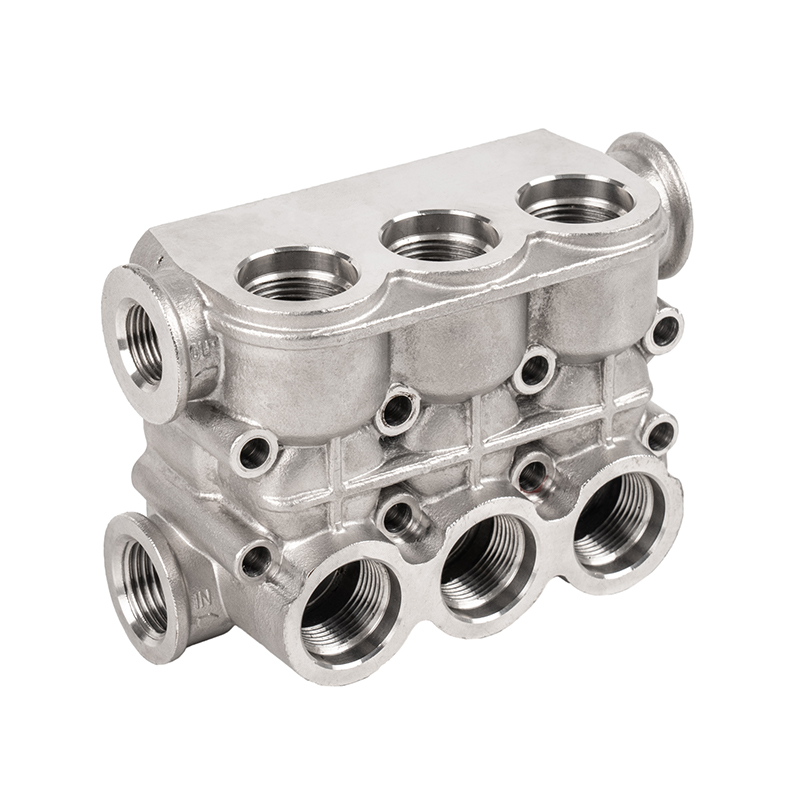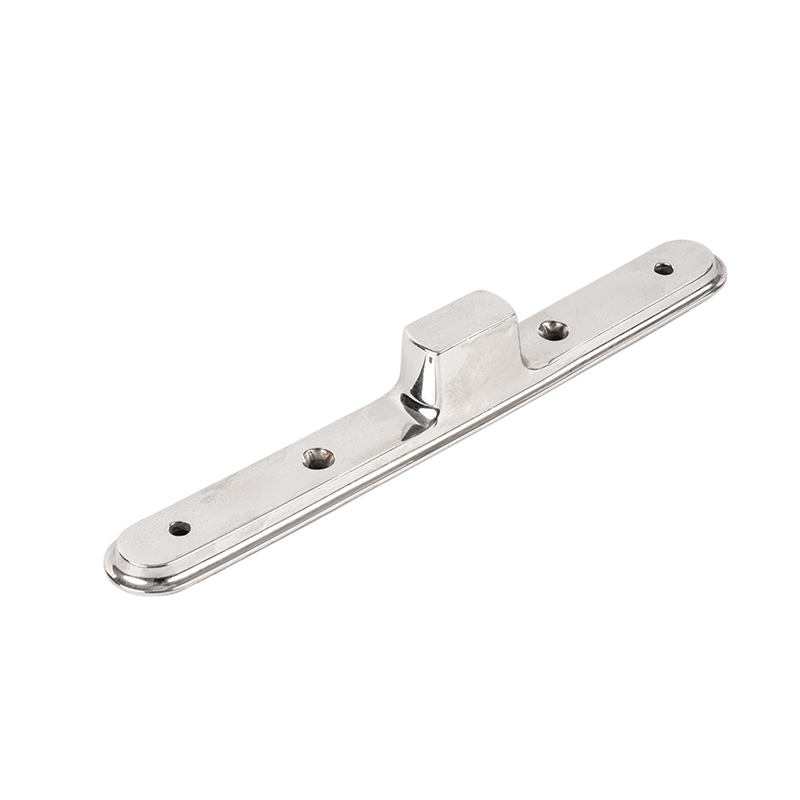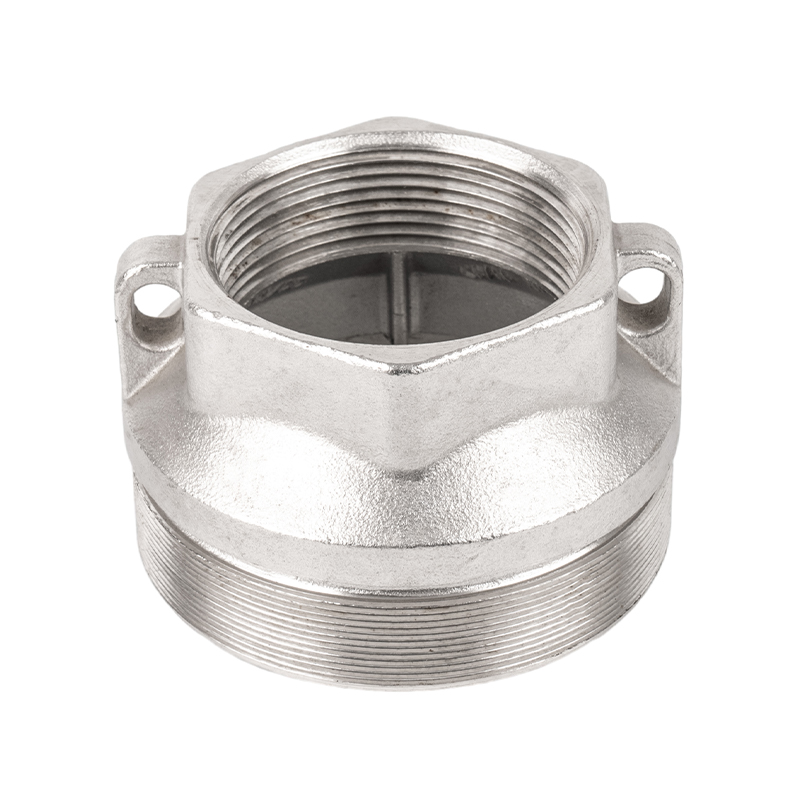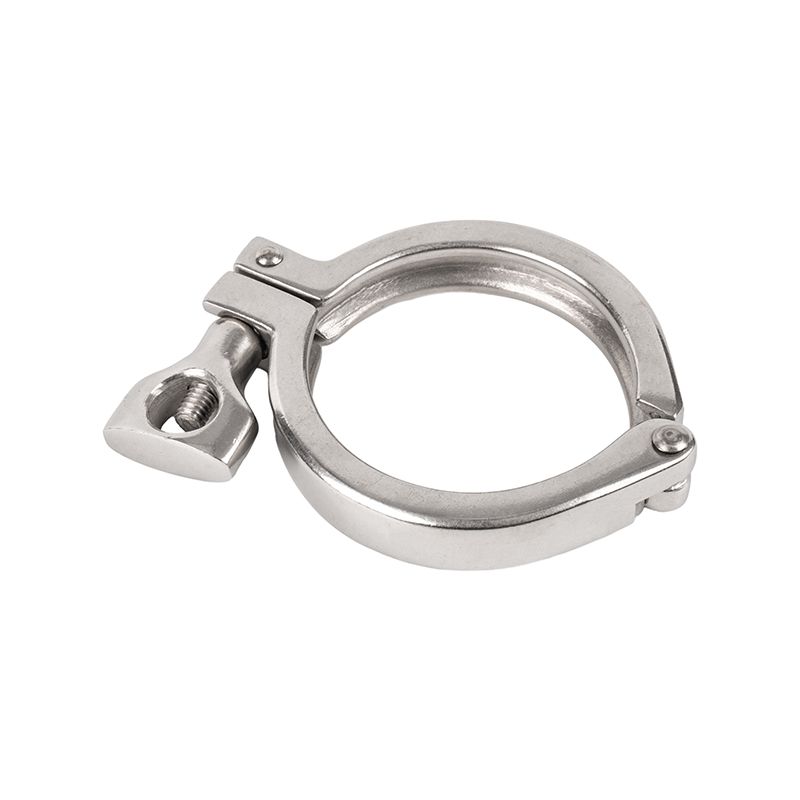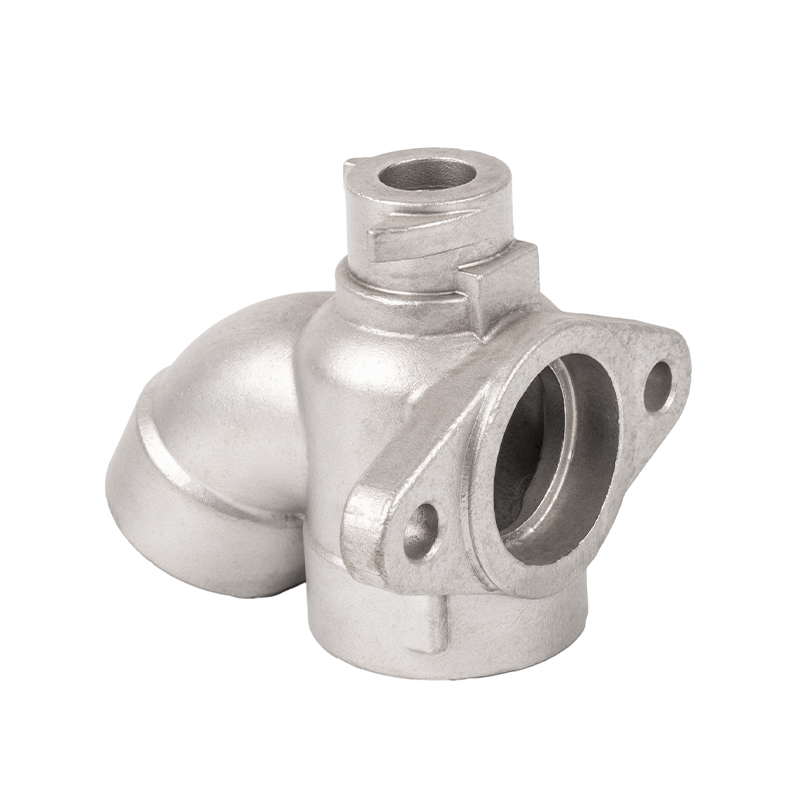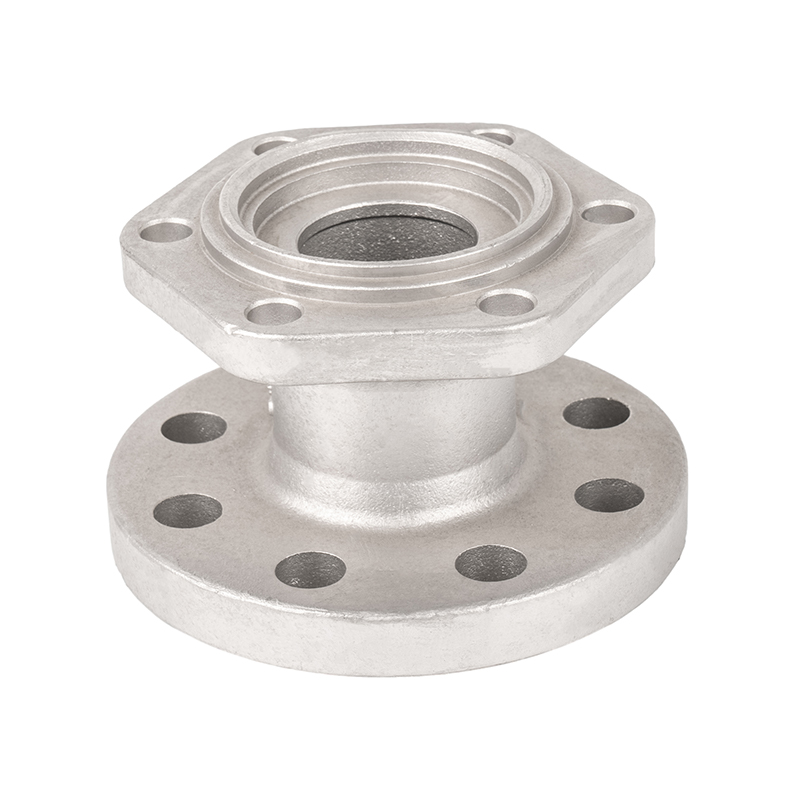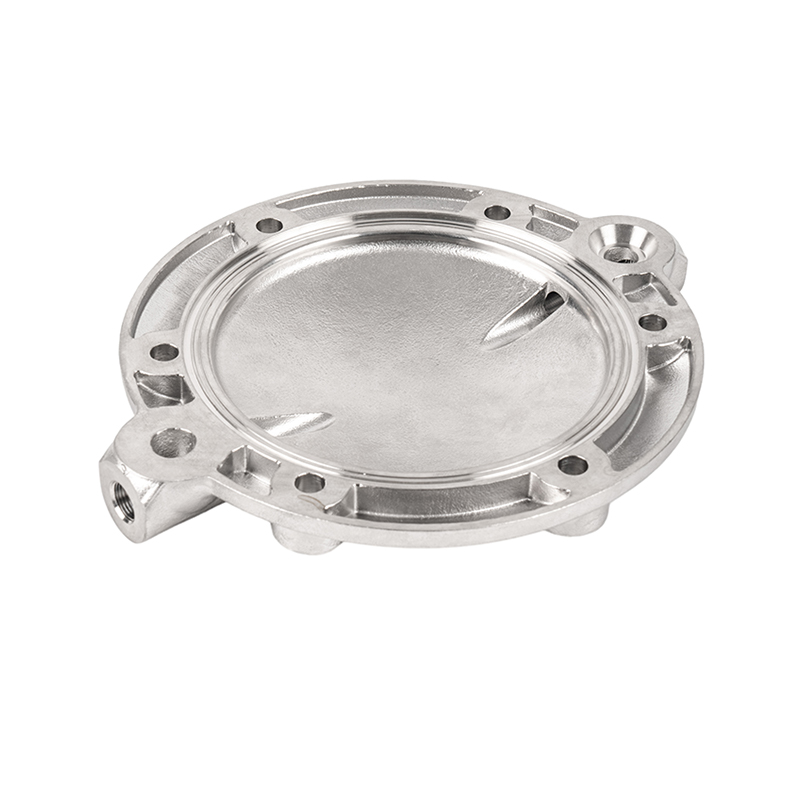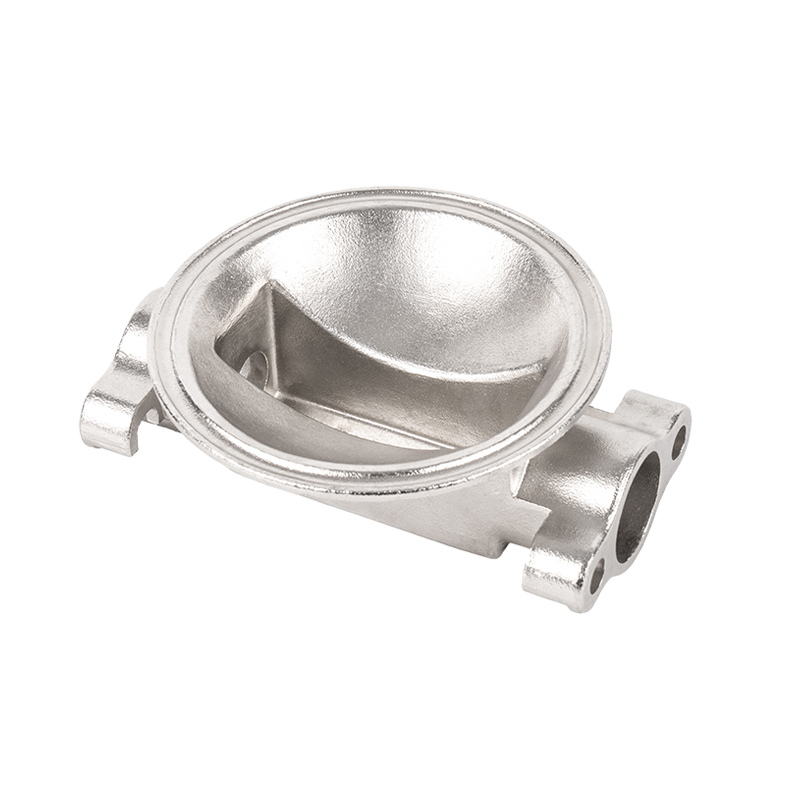What effect does surface cleaning, grinding and polishing of castings have on the performance of swirl impellers
The Impact of Surface Roughness on Hydraulic Performance
The core function of a Swirl Impeller is to efficiently pump fluid to a desired location. The roughness of the impeller surface is a key factor influencing its hydraulic performance. A rough casting surface creates additional frictional resistance, resulting in greater energy loss as the fluid flows through the blades and flow channels. This is like driving on an uneven road; a car consumes more fuel. For an impeller, excessive surface roughness can lead to:
Lowered efficiency: Due to increased frictional losses, the impeller consumes more energy to achieve the same head and flow rate, directly reducing the overall efficiency of the pump. This translates to higher energy consumption and operating costs for industrial pumps that require long, continuous operation.
Increased risk of cavitation: When the blades rotate at high speeds, the fluid pressure in certain areas (such as the suction side) decreases rapidly. A rough surface makes it more likely for tiny vortices and bubbles to form. When these bubbles implode in high-pressure areas, they generate powerful impact forces, causing cavitation damage to the blade surface, manifesting as honeycomb-like erosion. This not only reduces impeller performance but also shortens its service life.
Debris Accumulation: When handling fluids containing fibers, particles, or viscous materials, rough blade surfaces can easily become "anchor points" for debris to attach. These deposits can alter the impeller's geometry and flow path, further reducing hydraulic performance and potentially leading to clogging.
Therefore, by finely grinding and polishing the impeller to reduce surface roughness to the required micron level, friction losses can be significantly reduced, pumping efficiency can be improved, and cavitation and debris accumulation can be effectively suppressed.
The Impact of Cleaning and Polishing on Impeller Dynamic Balance
When a Swirl Impeller operates at high speeds, any slight mass unevenness can generate significant centrifugal forces, causing vibration and noise. This is a dynamic balance issue. Cutting of sprue and riser gates during the casting process, surface residue, and uneven casting defects can all disrupt the impeller's mass distribution.
Cutting and Trimming: After the casting is separated from the gating system, the sprue and riser gates must be precisely cut off. Improper cutting or subsequent rough trimming can leave prominent burrs or indentations, disrupting the impeller's symmetry.
Uniform Grinding: When grinding impellers, it is crucial to ensure uniform material removal across the blade and flow path surfaces. Over-grinding in certain areas can lead to uneven blade weight, disrupting dynamic balance.
Therefore, professional surface cleaning and grinding are not only aesthetically pleasing but also provide a sound foundation for subsequent dynamic balancing. An evenly and finely ground impeller is more likely to achieve high dynamic balancing requirements, thereby reducing vibration and bearing wear during pump operation, significantly extending the service life of the entire pump system.
The Impact of Surface Treatment on Wear and Corrosion Resistance
Swirl impellers often operate in harsh environments and are subject to fluid abrasion and corrosion. Casting surface post-treatment directly impacts the impeller's wear and corrosion resistance.
Cleaning and Hardening: During the surface cleaning stage, shot blasting or sand blasting removes surface scale and impurities and creates a cold-work hardened layer. This increases the hardness of the impeller surface, enhancing its resistance to impact and abrasion from hard particles.
Polishing and Corrosion: For impellers made of corrosion-resistant materials like stainless steel, polishing to a mirror finish can significantly improve their corrosion resistance. A smooth surface is less likely to retain corrosive media or chlorides in the fluid, thereby reducing pitting and crevice corrosion. Furthermore, polishing removes surface defects and inclusions that may have been introduced during the casting process and could serve as starting points for corrosion.


 English
English Español
Español русский
русский 中文简体
中文简体

